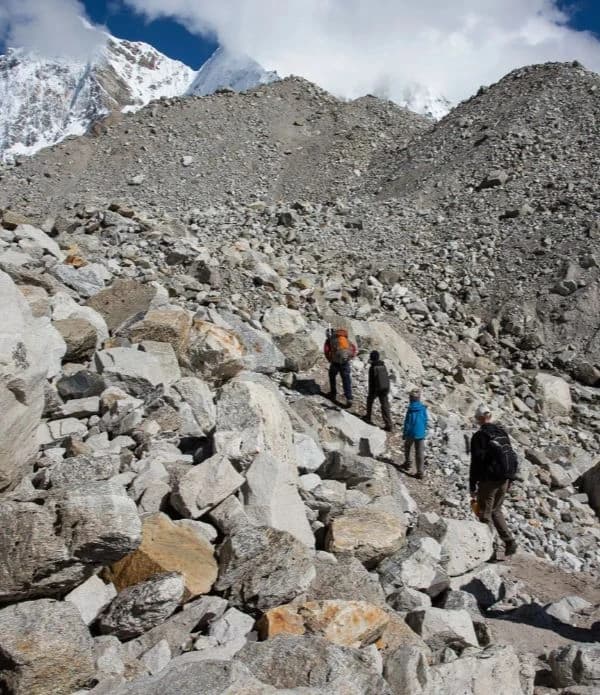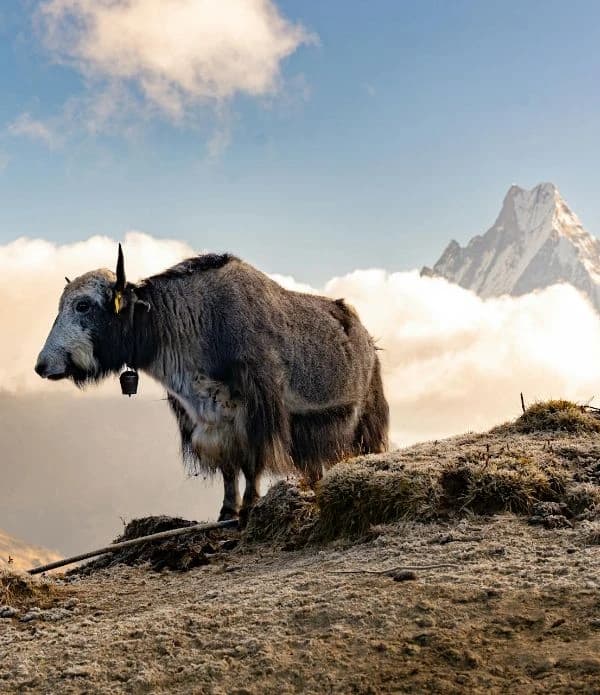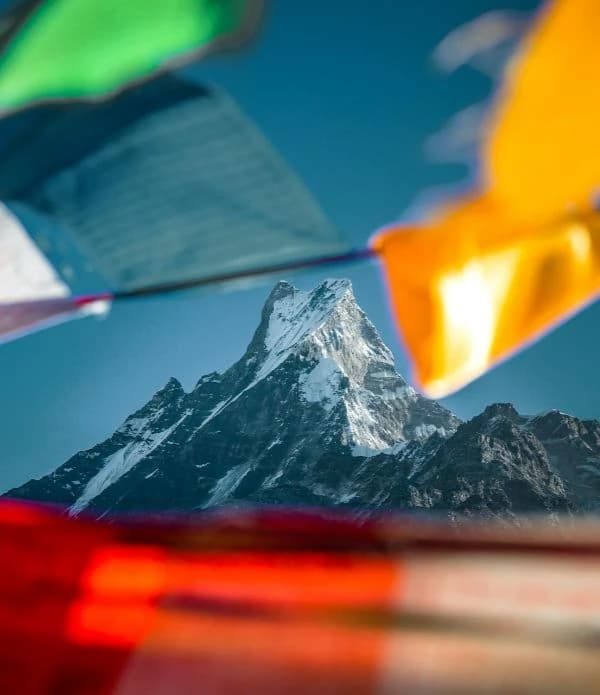From exploring turquoise glacial lakes to summiting breathtaking viewpoints, there are countless unforgettable things to do on your Gokyo Lakes Trek.
Things to Do on Your Gokyo Lakes Trek
The Gokyo Lakes Trek is more than a high-altitude adventure—it’s a journey into stillness, scenery, and stories you’ll carry long after the trail ends. This blog doesn’t just tell you where to go. It shows you how to experience Gokyo with your eyes wide open and your pace slowed down
We’ve packed it with moments that matter—from must-do hikes to quiet rituals, offbeat detours, photography spots, wildlife encounters, and cultural touchpoints. Whether you're planning your trek or already dreaming beyond the map, you’ll find insights here to help you move with intention and make the most of every step.
So lace up, look up, and let’s walk through what makes Gokyo truly unforgettable.
1. Hike to Gokyo Ri (5,357m)
Don’t leave Gokyo without climbing Gokyo Ri. The trail is steep and challenging, but in just 2 to 3 hours, you’ll be able to stand at 5,357 meters—eye level with the giants of the Himalayas.
From the top, you’ll get to watch the sunrise over Everest, Lhotse, Makalu, and Cho Oyu, all glowing gold in the morning light. The view is jaw-dropping. You’ll also see the turquoise lakes shimmer far below, and the white spine of the Ngozumpa Glacier stretches across the valley. It’s not just a view—it’s a moment you’ll carry with you long after the trek is over.
2. Explore the Gokyo Lakes
The beauty of Gokyo isn’t limited to the lake beside the village—venture beyond and discover all six of the Gokyo Lakes. Each one climbs higher into the mountains, forming a staircase of turquoise jewels carved into the Himalayan landscape. The further you walk, the more remote and wild it all feels.
You’ll be staying near the 3rd lake, Dudh Pokhari—the largest and most photographed. But if you’ve got the time and energy, head out to the 4th and 5th lakes. The short hikes are absolutely worth it. Fewer trekkers make it out this far, so you’ll get space, silence, and scenery that feels untouched. On a clear day, the reflections of the peaks on the water are surreal.
Take time to pause. Sit by the lake, listen to the wind, or snap that perfect photo with nothing but mountains, clouds, and glacial blues around you. This is where the Gokyo region really opens up—quiet, raw, and unforgettable.
3. Walk Along the Ngozumpa Glacier
Trekking right alongside the Ngozumpa Glacier, Nepal's largest glacier, is one of the most surreal parts of your Gokyo adventure. It's a huge, rugged expanse of rock and ice, twisting and turning like a frozen river through the valley. As you walk, you'll be on trails that bring you incredibly close to this natural giant.
The air here is crisp, and if you listen closely, you might hear it – the glacier itself. Imagine the low, deep cracks and shifts as the ice moves and groans under the relentless sun. It's raw, powerful nature, alive and dynamic, right there beside you. You'll feel incredibly small, yet deeply connected to the immense forces shaping our planet.
Don't worry, the trails are designed to be safe, leading you not just alongside, but also up to fantastic viewpoints above the glacier. These spots are perfect for capturing the vast, otherworldly landscape stretched out before you, like nothing you’ve ever seen. It's an unforgettable encounter with the wild heart of the Himalayas.
4. Visit Traditional Sherpa Villages
As you trek, don’t just rush through the trail—slow down and experience life in the villages that make this region so special. Places like Namche Bazaar, Dole, Machhermo, and Gokyo aren’t just rest stops—they’re windows into the heart of Sherpa culture.
Step into stone houses where yak-butter tea is served with a smile, and prayer flags flutter in the wind above every rooftop. In the mornings, you might hear the soft hum of chants or see locals spinning prayer wheels on their way to the fields. Mani stones line the trails, each carved with sacred mantras, reminding you that this path has been walked with reverence for generations.
Every village moves at its own pace—unhurried, peaceful, grounded. Stay a while, talk to the locals, and watch how tradition, resilience, and mountain life come together in quiet, meaningful ways. These aren’t just places to sleep—they’re part of the Gokyo journey.
5. Spend Time at a Local Monastery
Whether you’re taking the classic Gokyo–Everest Base Camp route or heading in through the quieter Thame Valley, don’t skip the monasteries along the way. Make time for these sacred spaces—they bring peace, history, and a deeper connection to the land.
If you're passing through Tengboche, don’t miss Tengboche Monastery, perched high with stunning views of Everest and Ama Dablam. Or, if you're trekking the route through the Thame Valley, visit the tranquil Thame Monastery, nestled in a quiet valley steeped in centuries of Buddhist tradition.
During the trek, you might also be able to observe a prayer ceremony if you’re lucky. The rhythmic chanting, spinning prayer wheels, and the scent of incense create a calming energy that wraps around you. Even without a ceremony, just standing inside the gompa brings a deep sense of stillness.
Be mindful. Walk clockwise around chortens and mani walls, speak softly, and always ask before taking photos—especially inside. These are living spiritual spaces, and honoring their traditions makes your visit more meaningful.
6. Take a Scenic Rest Day in Gokyo
Don’t rush through Gokyo—give yourself a full day to rest, breathe, and just be here. This isn’t just an acclimatization stop. It’s your chance to pause, look around, and feel how high you’ve come.
Start with a quiet walk around the lake. Let the reflections ripple beside you as you stroll. Find a sunny spot, journal your thoughts, stretch out with some yoga, or simply sit and listen to the wind.
Also, Gokyo village itself is one of the calmest spots on the trek. Stone lodges line the edge of Dudh Pokhari, and every window opens to a different mountain. Step outside with a warm drink, watch the light shift across the water, and let your body rest while your spirit keeps wandering.
7. Try High-Altitude Photography
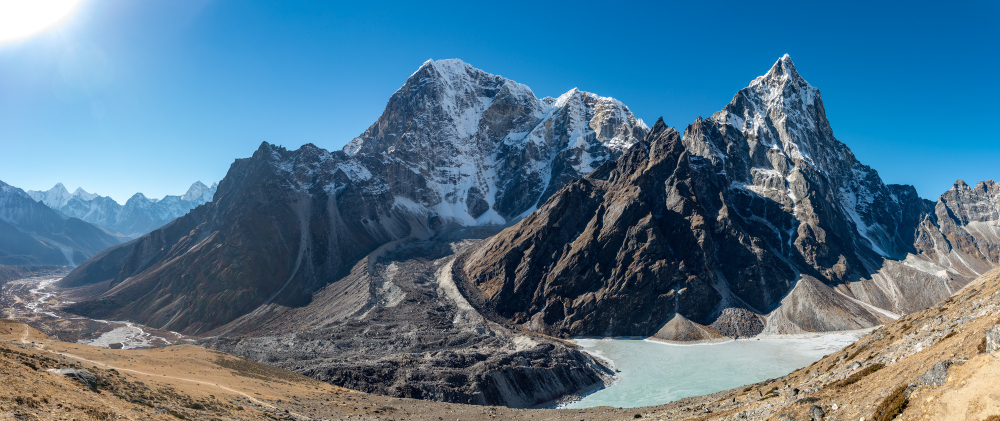
Remember to bring your camera, or just your phone, and get ready for some of the most dramatic shots you’ll ever take. The Gokyo region is a dream for landscape photography, with crystal-clear skies, thin mountain air, and jaw-dropping backdrops in every direction.
You'll be able to catch the reflections of snow-capped giants in the still-blue lakes early in the morning when the light is soft and the water barely moves. Hike up Gokyo Ri or walk along the glacier for even wild contrasts of light and shadow—perfect for playing with depth and texture.
Don’t worry about having fancy gear. Sometimes, the best photos are the ones you take when you’re not even trying—when the clouds shift just right or the sun sets behind a peak. Just keep your eyes open, your camera ready, and let the mountains do the rest.
8. Watch for Wildlife
Keep your eyes open and your voice low—Gokyo’s wild neighbors are all around if you know when and where to look. Early mornings and late evenings are the best times to spot Himalayan tahr gracefully climbing rocky slopes or catch a glimpse of shy musk deer moving through the bushes.
Look up, too. You might see lammergeiers, those massive bearded vultures, soaring high on the mountain thermals, riding the sky with effortless grace. Pheasants often dart through the forest undergrowth, adding color and life to the trails.
Snow leopards roam this region, but they’re masters of stealth and extremely rare. Don’t expect to see one—just knowing they share this wild landscape adds a thrilling edge to your trek. Stay quiet, stay patient, and soak in the subtle signs of wildlife wherever you go.
9. Cross Renjo La Pass
If you’re feeling strong and well-acclimatized, take on the Renjo La Pass—it’s one of the most thrilling parts of the Gokyo trek. Sitting at 5,360 meters, this high mountain pass rewards your effort with a fresh, jaw-dropping view of Everest, completely different from what you’ve seen before.
The trail climbs steeply above the lakes, leading to a prayer flag-draped summit where the whole world seems to stretch out beneath you. From here, descend into a quieter, less-traveled valley that feels wild and untouched.
This route connects Gokyo to Thame and eventually back to Namche Bazaar, creating a beautiful loop through rugged mountain terrain. It’s tough, but if you’re up for the challenge, Renjo La adds a bold, unforgettable twist to your Himalayan journey.
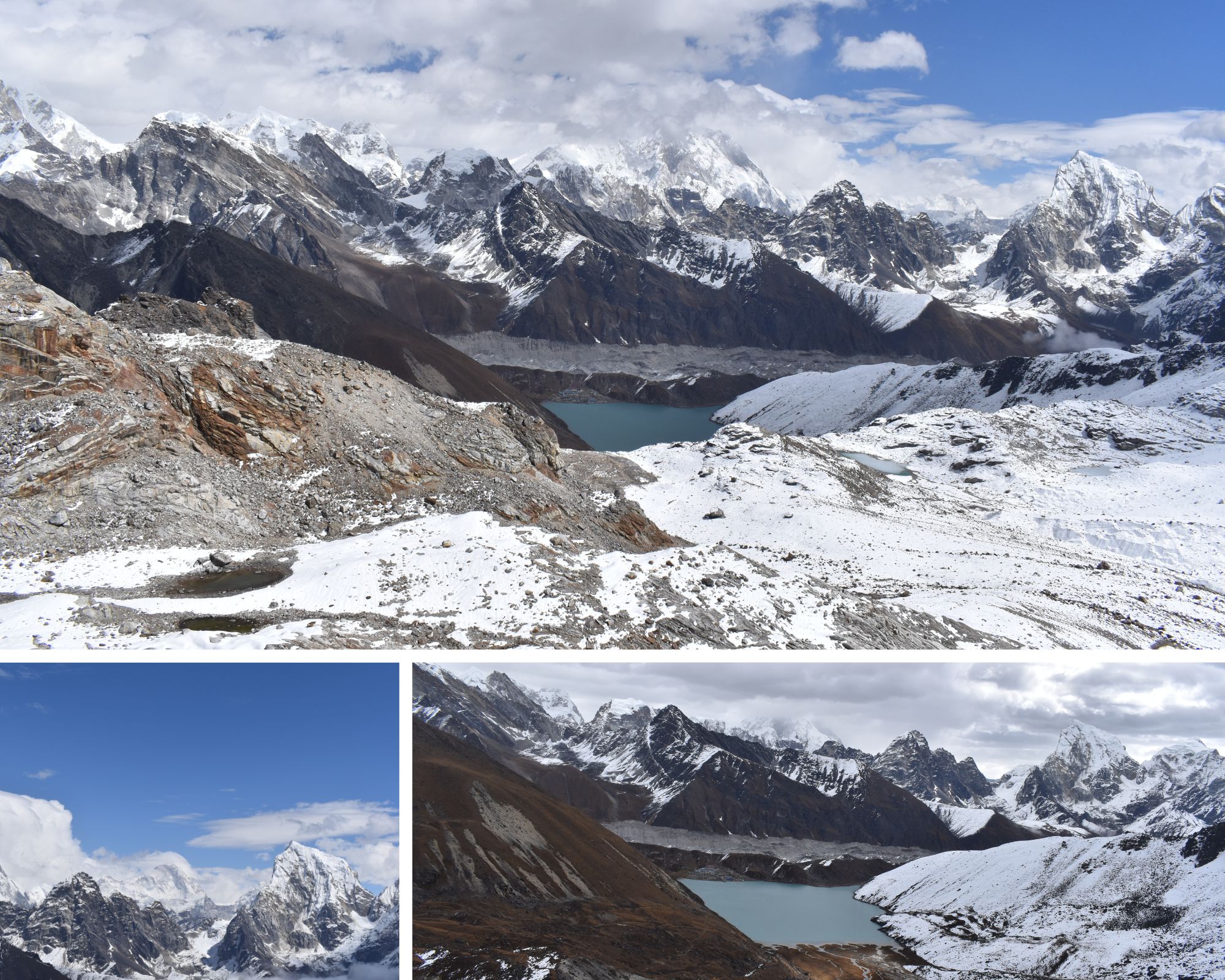
10. Embrace Quiet Moments
This trek isn’t just about beautiful views—it’s about finding space to slow down. Gokyo offers silence, solitude, and the kind of stillness that stays with you.
Sit beside a lake and feel the cold wind brush your face. Watch the clouds drift behind the peaks. Let the echo of silence wrap around you.
You don’t need words or a reason. Just be there. Let the mountains hush your thoughts. These quiet moments around you are often the ones you’ll remember most.
11. Scenic Flight Over the Region
Before or after your trek, treat yourself to a mountain flight out of Kathmandu. In less than an hour, you’ll soar above the Himalayas and see the Gokyo Lakes, Everest, and the whole Khumbu region from a perspective few ever witness.
The lakes shine like tiny blue gems tucked into the folds of rock and snow. Everest rises above the clouds, towering above a sea of peaks. It’s the bird’s-eye view that connects all the pieces of your journey—the trails, the valleys, the glaciers—into one breathtaking sweep.
If you’ve already trekked the region, it’s a stunning way to reflect on where your feet have carried you. If you’re flying before the trek, it’ll fire up your imagination for the adventure ahead. Either way, it’s an unforgettable experience that adds a powerful visual chapter to your Gokyo story.
Tips for Enjoying the Experience
- Don’t rush. Acclimatization takes time—go slow and let your body catch up.
- Wake up early. The clearest skies and softest light happen before most trekkers are out of bed.
- Respect the land and culture. Walk gently, pack out your trash, and follow local customs.
- Talk to locals. A friendly “Namaste” can open the door to smiles, stories, and shared moments you’ll never forget.
- Stay hydrated. Drink plenty of water throughout the day—even if you don’t feel thirsty.
- Layer up. Weather shifts fast at altitude. Dress in layers so you can adjust as you go.
- Protect your skin. The sun is strong up high. Use sunscreen, sunglasses, and cover-up when needed.
- Pack light but smart. Bring only what you need—but don’t forget the essentials like snacks, a power bank, and a headlamp.
- Be present. Put your phone away now and then. Look around, listen to the silence, and let yourself really be there.
Conclusion
The Gokyo Lakes Trek is more than a journey across mountain trails—it’s a collection of moments that slow you down, lift you up, and shift something inside you. It’s where challenge meets calm, and where adventure lives side by side with silence.
Whether you’re climbing to Gokyo Ri, walking beside ancient glaciers, or sipping tea in a stone lodge, every step adds a layer to the story you’ll carry home. The views are unforgettable—but it’s the stillness, the people, the rituals, and the quiet moments in between that leave the deepest mark.
So walk mindfully. Stay curious. And when the trail ends, let the spirit of Gokyo keep moving with you—quiet, bold, and full of wonder.
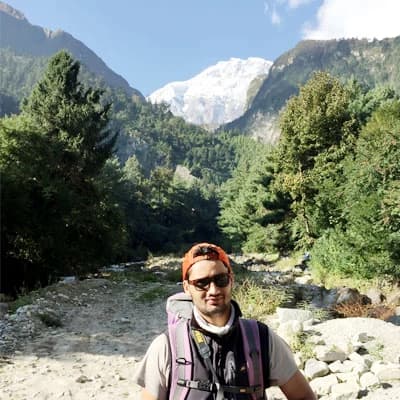

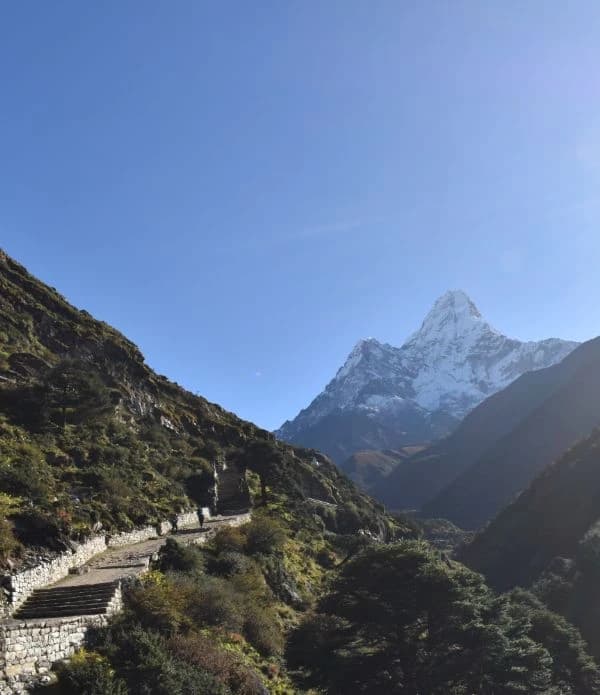
.webp&w=1200&q=75&dpl=dpl_5no2mbdoNHZofbQzNp4xwNy1a21g)
